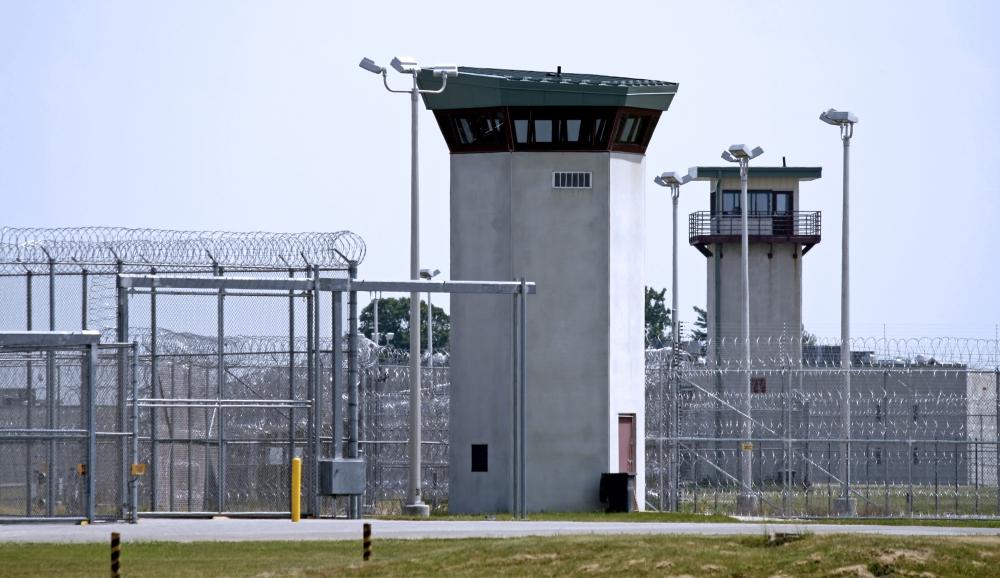When Federal Prison's in Your Future
Are You Going to Federal Prison
In Criminal Cases Knowledge is Key
Sentenced to Federal Prison?
Types of Federal Prisons

The Federal Bureau of Prisons operates a variety of different types of facilities. Each designed to meet the specific needs of different types of inmates. Whether they are high-security prisons, medical facilities, or reentry centers. These facilities play a critical role in ensuring the custody, care, and rehabilitation of federal inmates.
From high-security facilities to minimum security federal prison camps, each type of facility within the BOP is tailored to meet the specific security and rehabilitative needs of its inmates.
Security Levels in Different Types of Federal Prisons
Federal prisons are categorized based on the security risks posed by inmates
- High-Security Prisons: These are equipped for high-risk inmates. Such as those with violent criminal histories or escape attempts. They feature robust security measures and highly trained staff.
- Medium-Security Prisons: Designed for inmates with moderate risk levels. These facilities have substantial security but are less fortified than high-security prisons.
- Low-Security Prisons: These cater to inmates with lower risk levels. Typically housing those convicted of non-violent crimes and featuring less stringent security measures.
- Minimum Security Federal Prison Camps: Often referred to as “federal prison camps”. These facilities house inmates deemed to be the lowest risk. They have minimal security features and often focus on rehabilitation and preparation for re-entry into society.
Special-Purpose Federal Prisons
The BOP also manages specialized facilities for distinct inmate needs
- Administrative Maximum (ADX) Facilities: For the most dangerous and violent federal inmates, offering highly restrictive and secure environments.
- Medical Facilities: Providing specialized medical care for inmates with significant health issues.
- Detention Centers: Holding inmates awaiting trial or sentencing, including those detained for immigration offenses.
- Private Prisons: Managed by private entities under contract with the BOP, adhering to federal regulations and standards.
- Reentry Centers: Also known as halfway houses, these centers facilitate inmates’ transition back into society, offering services like job training and counseling.
- International Facilities: Located primarily in Puerto Rico and the US Virgin Islands, housing both US and non-US citizens convicted of federal crimes.
Conclusion
The Federal Bureau of Prisons plays a crucial role in the federal justice system. Ensuring the safe custody, care, and rehabilitation of federal inmates. Each type of facility within the BOP is tailored to meet the specific security and rehabilitative needs of its inmates. Despite challenges, the BOP’s dedicated staff and ongoing improvement efforts in programs and services underscore its significance in upholding justice and facilitating inmate reformation.